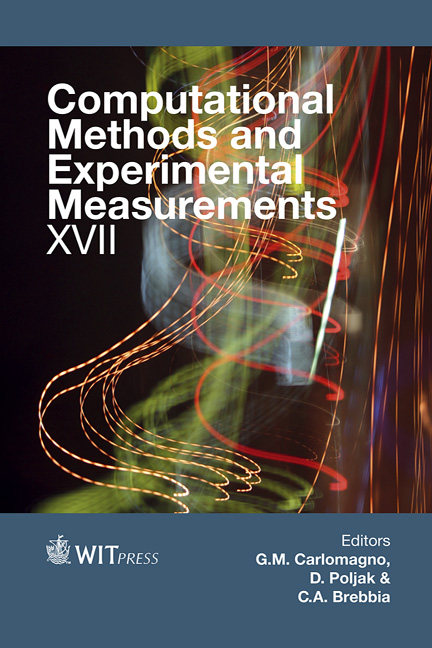Strong Form Collocation: Input For Optimization
Price
Free (open access)
Transaction
Volume
59
Pages
11
Page Range
73 - 83
Published
2015
Size
357 kb
Paper DOI
10.2495/CMEM150071
Copyright
WIT Press
Author(s)
E. J. Kansa
Abstract
Integrated volumetric methods such as finite elements and their “meshless” variations are typically smoother because of the application of Gauss’s theorem than the strong form finite difference and radial basis function collocation methods. Minimization methods can be either local (such as finite elements) or global; gradient based methods tend to go to the nearest location where the local Jacobian is zero; when the eigenvalues of the Hessian are positive, then that location is either a local or global minimum.
The starting point for the global volume-integrated minimization procedure of Galperin–Zheng, is the set of expansion coefficients obtained from the simple strong form radial basis function (RBF) discretization of the partial differential equations (PDE). The volume integrated RBFs do not require a mesh for integration because these integrated RBFs are evaluated at the global endpoints rather than locally about a test point. This aspect is completely distinct from finite elements or the so-called meshless methods finite element variations that require a tessellation for local integration. Using these globally integrated RBFs and the strong form expansion coefficients in the functional, the evaluation of the functional L∞ errors are recorded for various choices of data centers, evaluation centers and shape parameter distributions. These L∞ errors form a complex landscape of maxima and shallow and deep minima. Finding the deepest possible minimum is a complex process and not as simple as local gradient search methods even using information from the Hessian matrix.
Keywords
meshless radial basis functions, multiquadric, strong and weak formulation, partial differential equations, global minimization





